Tuning a Volvo B230 Turbo
What parts can be used and how can you gain additional horsepower?
Volvo B230 Information
Here are some quick basic facts that are good to know when choosing a B230 engine to tune.
B230 is a 2.3-liter cast iron block that can handle high power outputs with the right components. The B230 features an 8-valve design, which means 2 valves per cylinder and an overhead camshaft.
B234 is a similar engine block to the B230 but comes with a 16-valve cylinder head, which means 4 valves per cylinder and dual overhead camshafts, allowing for more air and consequently more power production.
B230 variants are numerous. Examples include B230f, B230fk, B230ft, B234f, etc., and the differences lie in surrounding components such as cylinder heads, piston cooling jets, control systems, base boost pressure, catalysts, etc. A wealth of detailed information about this can be found online.
Piston cooling jets are beneficial at higher power outputs, although they are not a requirement. Engine blocks with turbo from ~93 come with piston cooling jets as standard. This is advantageous during harder driving. If you do not have these, a mechanical workshop can retrofit them.
Crankcase ventilation is something designed for the original engine, possibly a bit more. When tuning an engine, it means the combustion pressure increases, and therefore, you are likely to have higher crankcase pressure as well. This must be vented to avoid causing problems.
The Different Tuning Stages
Tuning an engine can be done in many different ways, yielding varying results. Here we show which parts are needed to achieve the different levels and present it in stages. Different stages may require more or less work depending on the starting object you have, but this gives a good overview of which parts are needed.
Tune B230 "Stage 1" ~200hp
- Performance Box / Tune Box / Chip
- Boost Control / Wastegate / MAC Valve
- Camshaft
- Intake / Improvement
Tune B230 "Stage 2" ~250hp
- Performance Box / Tune Box / Chip
- Boost Control / Wastegate / MAC Valve
- Camshaft
- Injectors
- Fuel Pump
- Turbo
- Intake / Improvement
Tune B230 "Stage 3" ~300hp
- Performance Box / Tune Box / Chip
- Boost Control / Wastegate / MAC Valve
- Camshaft
- Injectors
- Fuel Pump
- Turbo
- Exhaust Manifold
- Intake / Improvement
- Mass Airflow Sensor
- Intercooler
- Blow-off Valve
- Clutch
Tune B230 "Stage 4" ~400hp+
- Aftermarket Engine Management (ECU)
- Boost Control / Wastegate / MAC Valve
- Camshaft
- Injectors
- Fuel Pump
- Turbo
- Exhaust Manifold
- Intake / Improvement
- Intercooler
- Blow-off Valve
- Clutch
- Connecting Rods
- Fuel Filter
- Fuel Pressure Regulator
- Fuel Lines
More Information About the Parts
There are many different parts that can be used for the various tuning stages. Expensive, cheap, new, used, OEM, aftermarket, modified, etc. Now we will tell you more about the different parts and why one would choose them. We will also link to popular parts that are commonly used.

Performance Box / Tune Box / Chip
Here there is a plethora of variants that have been used over time. One modifies/tweaks parameters such as fuel and ignition in the software of the control unit that manages the engine. This modification is referred to by different names when searching for it. Gold box / tune box / chip / fuel chip / ignition chip, etc., are all names for modified software or a completely different control unit with different/modified software.
The fundamental idea here is that the software should be adapted to the hardware that has been upgraded in order to achieve more power.
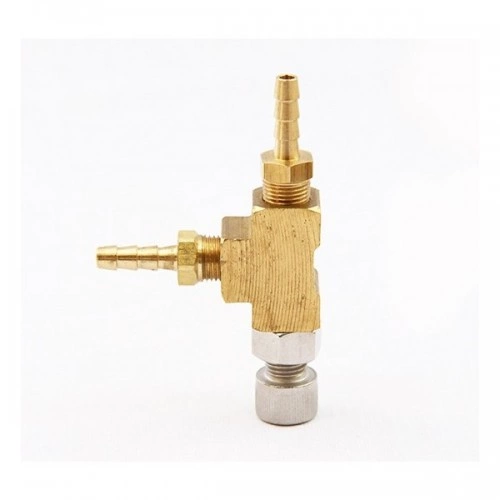
Boost Control
Boost control is necessary on all turbocharged cars that are intended to produce more power than the base boost pressure. Base boost pressure is when the wastegate and turbo are connected with a vacuum line. The base boost pressure is determined by how much pressure the wastegate spring can hold against.
This pressure can be controlled with a so-called boost controller. This simply releases air between the turbo and the wastegate. In this way, the wastegate spring is not subjected to as much pressure, even though the turbo can continue to spool up.
Bleed Valve is the type of boost control that is easily mounted on the hose between the turbo and the wastegate to release air. This is adjusted once and then remains in a fixed position.
Electronic Boost Control is also a type of bleed valve, but it is controlled by the engine management system by opening and closing. This provides better control.
Base Boost Pressure is controlled by the wastegate spring, as mentioned. By switching to an adjustable wastegate or changing the wastegate spring, you can instead adjust the maximum boost pressure by adjusting or replacing it with a stiffer wastegate spring.
There are more variants of boost control available, but the above are three of the most common.
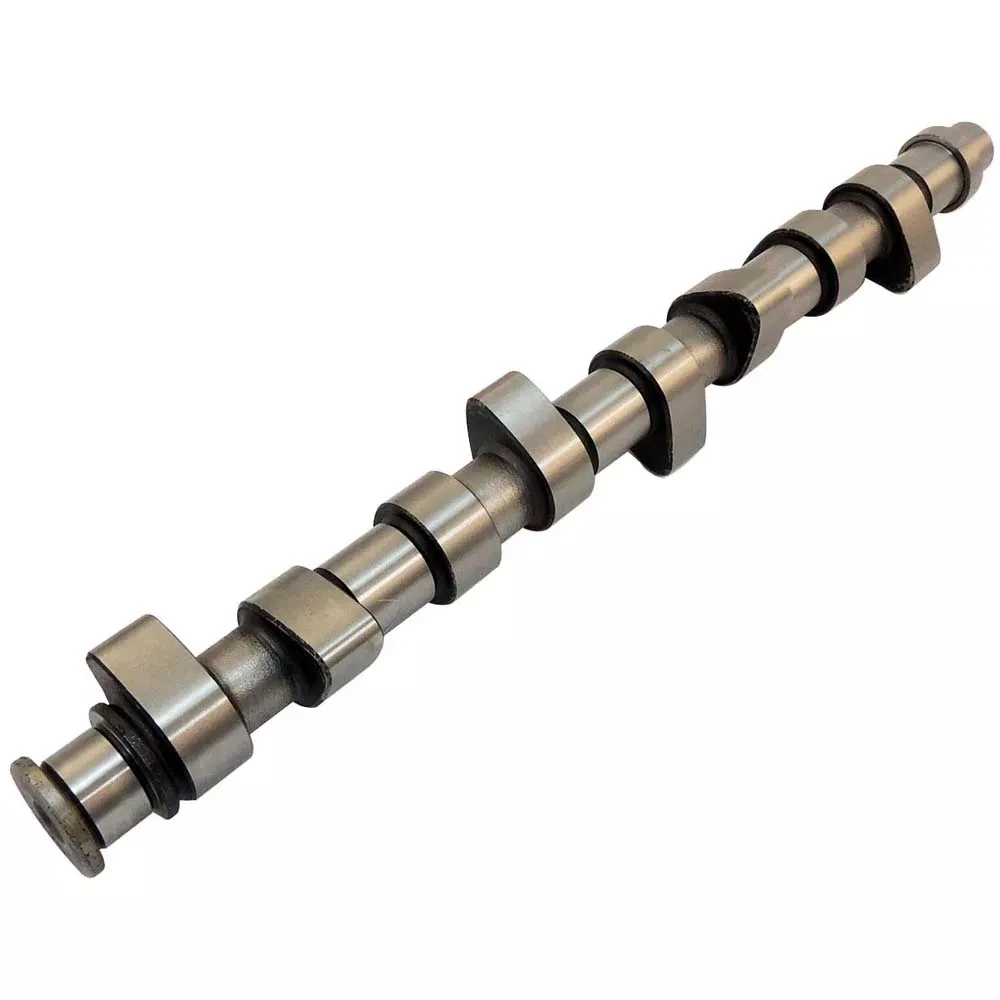
B230 Camshaft
The camshaft is something that is often replaced early when tuning the B230 to allow more air into the engine. So, if you do not already have any of the camshafts listed below in the engine, a replacement is usually relevant. If you do not buy a new aftermarket camshaft, there are some alternatives that were originally installed.
H-Cam
Originally installed in: B23E
K-Cam
Originally installed in: B23E
V-Cam
Originally installed in: B230E, B200E
VX-3 Cam
Originally installed in: B230FB
A-Cam
Originally installed in: B23, B230A, B230ET

Injectors
Original injectors are usually calibrated for the original power and maybe a little more. When tuning an engine, more fuel is required, and you may need to replace the injectors as the originals might not flow enough. This can be measured, but just by looking at this guide or seeing what others use, you can gain valuable information on when to replace and which injectors to upgrade to. More information about injectors can be found here.
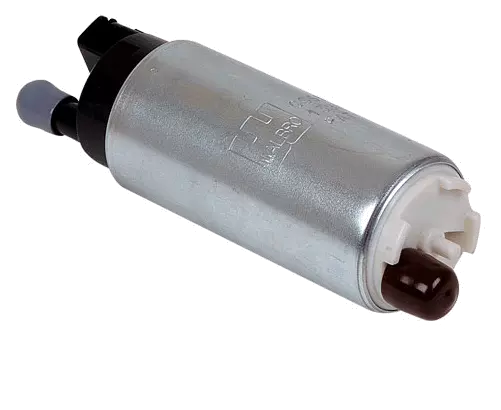
Fuel Pump
The fuel pump is replaced for the same reasons as the injectors, even though it often can produce more power than the original injectors, allowing it to sustain longer in the tuning stages. However, there is another aspect to consider, which is the filter that can clog and act as a restriction. Therefore, it is recommended to at least replace the pre-filter for the fuel pump. More information about fuel pumps can be found here.

Mass Airflow Sensor B230
The mass airflow sensor measures the airflow into the engine. The original mass airflow sensor has an internal diameter and sensor that is calibrated for the original hardware and control system. When upgrading the turbo and other hardware, the values become incorrect, and a different mass airflow sensor is used. Most often, a standard sensor is used but with a larger housing. This does not necessarily need to be adjusted when using aftermarket management systems, as the tuning is based on pressure instead of estimated airflow.

Turbo
To produce more power, more air (oxygen) is required. This can be achieved by upgrading to a larger turbo that can deliver more air. One can calculate which turbocharger will be the best, but the simplest way is to see what others are using for turbochargers. This provides a proven concept.
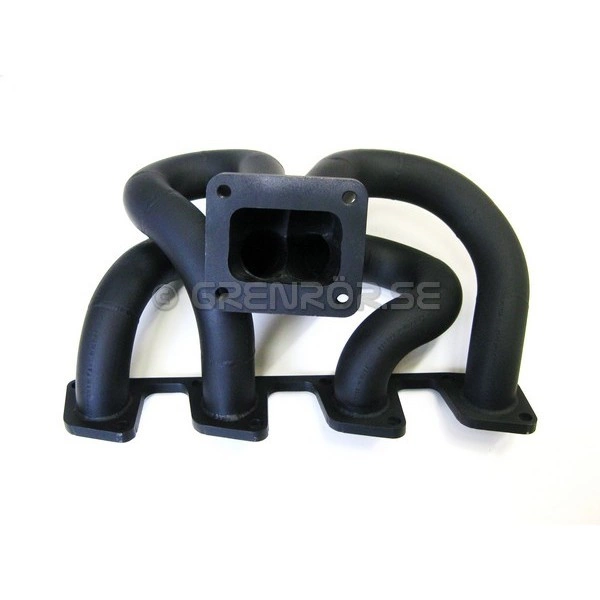
Exhaust Manifold
The original exhaust manifold for the Volvo B230 can keep up with a bit of power. What determines when it's time to replace it is the back pressure and the type of connection it has to the turbo when upgrading the turbo. A guideline when discussing turbo/exhaust manifold is that the pressure in the manifold should not exceed the turbo pressure.
Back pressure explained: at 1 bar of boost pressure at, for example, 4500 rpm, there should not be over 1 bar of back pressure in the manifold.
It can be difficult to measure this accurately, but you can quickly notice when the turbo does not deliver more power, and instead, it generates unnecessary heat. This is not good, as it means you are approaching the limits of what the turbo can handle.

Intake / Improvement
The Volvo B230, like other cars, has an original air filter designed to purify the air as well as possible. This acts as a restrictor when tuning the engine. Therefore, improving the inlet to the turbo and replacing it with a better-flowing air filter is essential.
Keep in mind that low intake temperature is a significant factor for more power. An open air filter located in the engine compartment that draws in warm air is not a good solution. However, if you shield the air filter from the engine heat and direct fresh air to the air filter, it will yield a good effect. Just like the original setup, but with an air filter that flows better.
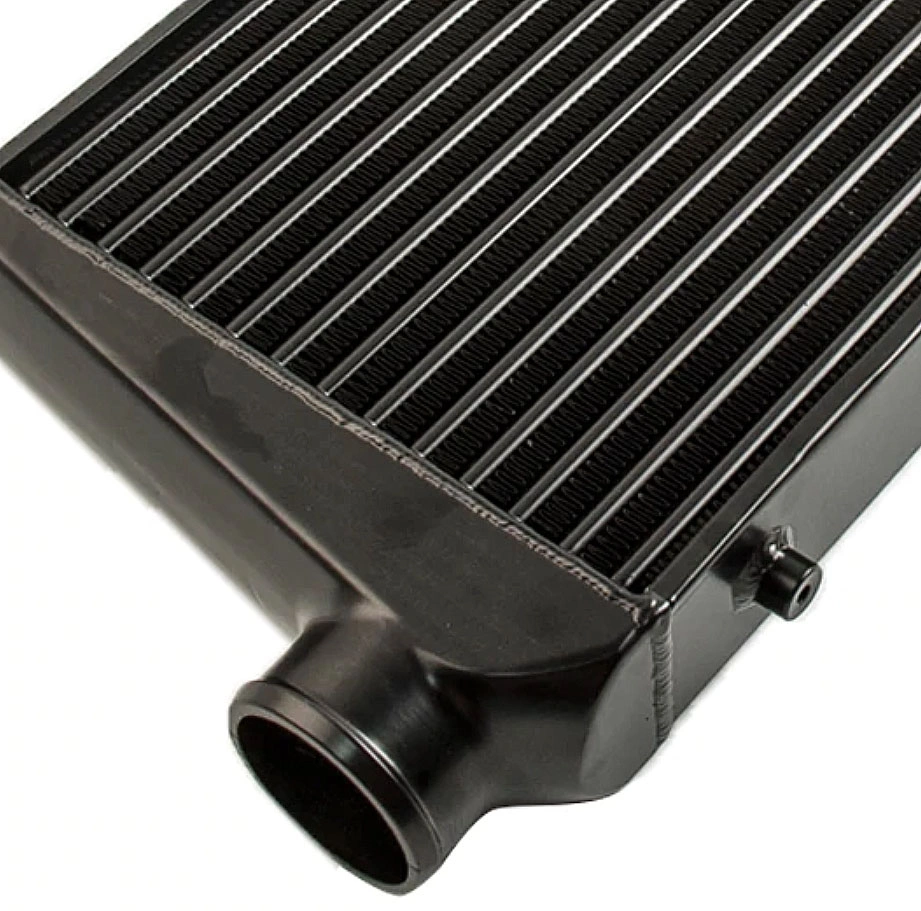
Intercooler
The standard intercooler helps cool the intake air to achieve a low intake temperature. However, as we mentioned earlier, a tuned engine with higher boost pressure will generate more heat. More heat leads to higher intake temperatures. This is when you switch to a more efficient intercooler. Here you can read more about how an intercooler works.
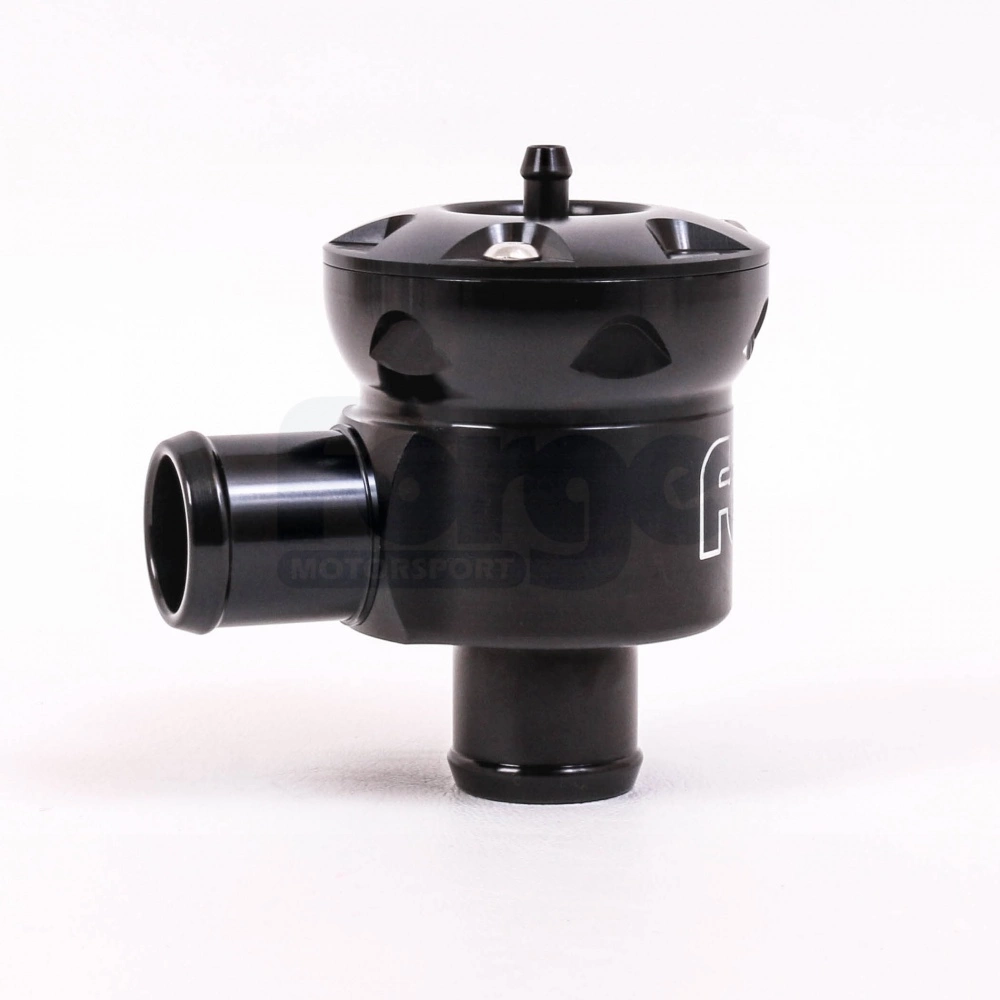
Blow-off Valve
The standard blow-off valve is a black Bosch plastic unit. This works very well at lower pressures. However, when increasing the boost pressure in combination with an old valve, it often cannot hold tight any longer. This is when you should replace it with another blow-off valve that can remain closed. Many also prefer an "open" blow-off valve, but this should not be used when you have a mass airflow sensor. This is because the measured air intended for the engine does not match when the open blow-off valve releases air into the atmosphere.
However, it is fine to use an open blow-off valve with an aftermarket management system since it does not measure airflow but pressure instead.
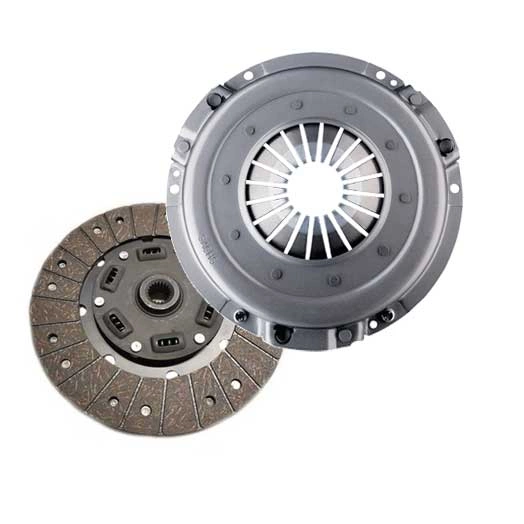
Clutch
The original clutch is designed for the original power and a bit more, allowing for towing trailers and similar tasks. When tuning, the original clutch often becomes insufficient. It may already be worn and barely able to handle the original power. When you then increase the power, it will struggle to hold up.
Upgrading the clutch can be done in many different ways, and there are two factors that determine the choice.
Driveability is important if you are going to use the car in your daily life. In that case, you may not want a sintered disc and a heavy-duty pressure plate. Nor a multi-disc clutch for motorsport that rattles and makes a lot of noise.
Power is another reason for choosing a certain type of clutch. If you are going to have a lot of power, you may need to switch to a multi-disc clutch that can handle more power or use a sintered disc and a stronger pressure plate.
Here you can read about different types of clutches
Clutch Kit "Ultimate" Organic Disc for Street Use Pressure Plate M90 Pressure Plate M46/M47 Flywheel

Connecting Rods
When tuning further, internal components will need to be replaced. The connecting rods are the weakest part of the engine, making them the component that takes the build to the next level.
When you are already tearing down the engine to replace the connecting rods, many also take the opportunity to upgrade other components like the oil pump, head gasket, pistons, engine bearings, etc.
The connecting rods you switch to have the same dimensions as the original but come with H-profile or I-profile, allowing them to handle more power than the original.
When you reach this stage, there is a lot of useful information here.
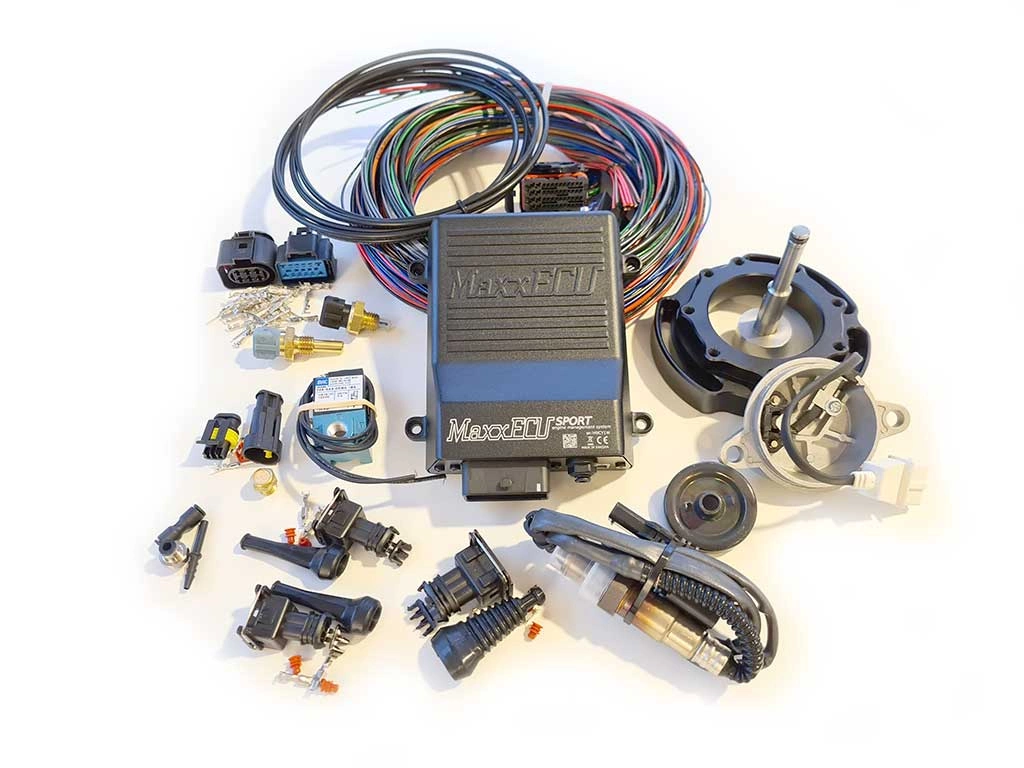
Aftermarket Engine Management (ECU)
If you want to tune "more" or get the most out of the engine and make it more modern, you can replace the original control system with an aftermarket one. This often occurs after reaching 300-350 hp, as it makes things much simpler. Additionally, you gain better control over what happens. Besides good engine management, you also get much greater safety with an aftermarket ECU, thanks to well-chosen settings and sensors.
Camsensor (Home signal)
Volvo has its distributor mounted on the back of the cylinder head against the firewall on most models, but the engines installed in the 240 have this mounted on the block instead.
Intake Air Temperature Sensor (IAT)
The air temperature sensor is originally mounted in the mass airflow sensor, and when switching to an aftermarket management system, this is controlled by air pressure and not airflow. Therefore, the mass airflow sensor is removed, and a separate air temperature sensor is used instead, mounted in the pressure pipe or intake.
Universal Engine Management B230 Package Universal Engine Management

Engine Packages
You can find many fun options with a B230 engine, which is a very good starting point for tuning. The links above to products are just examples, and if you go into the individual categories, you will find more.
For those looking to tune further, there are more extensive packages that have most of the larger parts collected together.
Volvo B230 600hp Bottom End (8V) Volvo B230 600hp Cylinder Head Parts (16V) Volvo B230 600hp Cylinder Head Parts (8V)











































